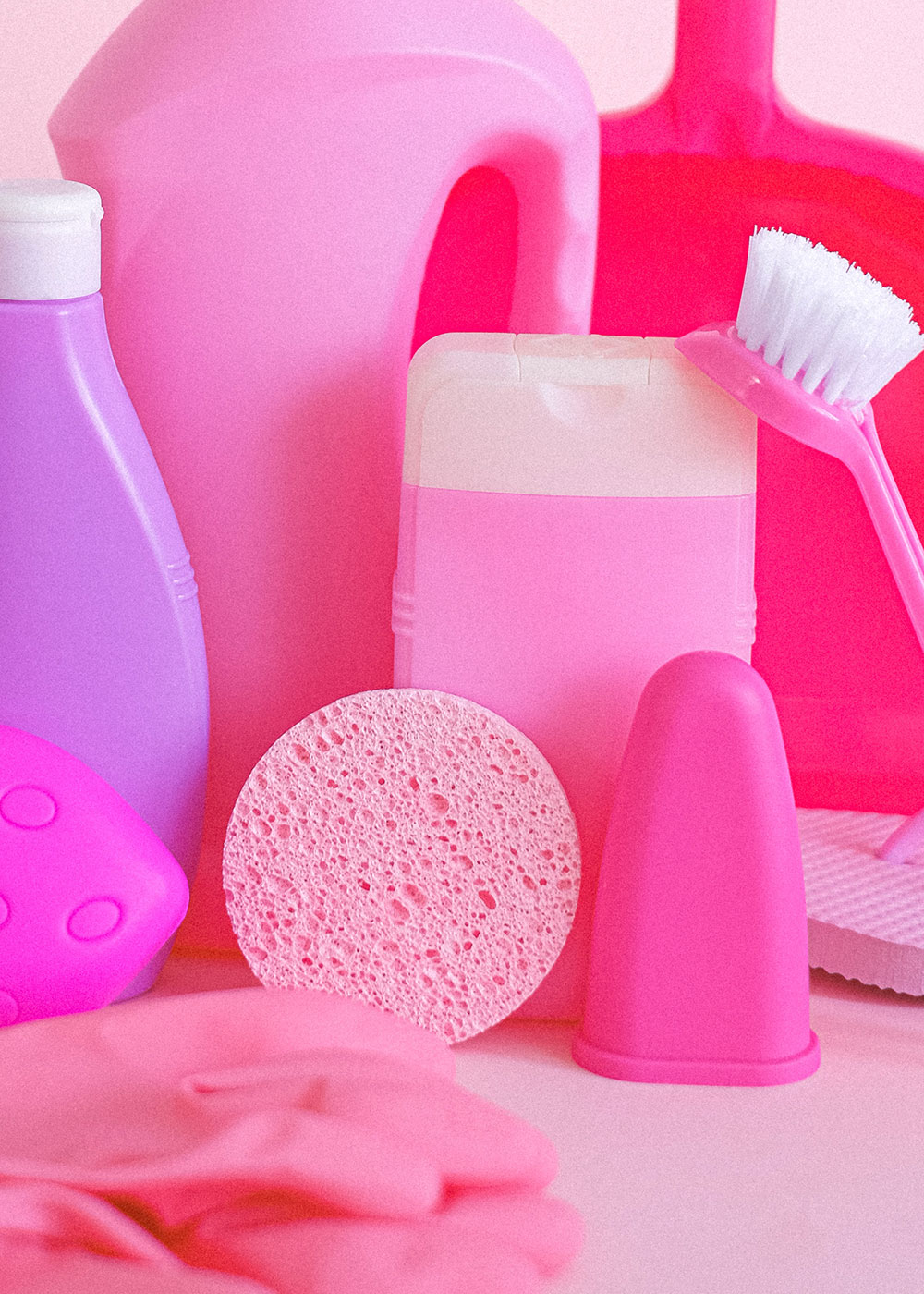I don’t know if anyone else has seen that papaya seed cleanse on TikTok, but the sudden realization that the majority of us have some sort of parasite in our bodies gives me the willies. No one wants to think about creepy crawlies just swimming around in our gut, let alone worms. But what I think many people don’t realize is that the scary invader du jour isn’t a living critter, it’s something else entirely—microplastics in humans.

What are microplastics, and are they found in humans?
They’re exactly what they sound like—small particles of plastic that are created from the breakdown of larger bodies of plastic. For something to officially qualify as a microplastic it has to be less than 5 millimeters long. And while it seems like something that small wouldn’t be able to cause any real harm to us as humans, their size means that they can infiltrate our bodies, raising concerns about the potential for damage to our cells.
As we all know, plastics aren’t readily biodegradable like paper or wood. They take decades, if not centuries, to break down into harmless molecules. And as terrifying as it may be, scientists have recently found microplastics in people’s lungs and blood. The implications of this discovery are pretty grim—having a foreign object floating around your circulatory system, and lodging in different body parts, can cause irritation which can then lead to inflammation. While there’s no hard evidence yet for how this inflammation can affect us in the long term, there has been extensive research into the toxins present in plastic that overlaps with research into the link between lung disease, asthma, and cancer and exposure to environmental pollutants.
Unfortunately, our bodies can’t just rid themselves of these minuscule menaces; in fact, because of their size, our current water treatment facilities are unable to remove all traces of microplastics. That means they can filter into our water supplies, and already have made their way into our oceans and aquatic life.
Now, many of us know that the reason we don’t eat copious amounts of fish is because too much fish = heavy metal toxicity. And while that’s a very real and dangerous repercussion of eating too much salmon, microplastics have begun to emerge as a competing pollutant that threatens animals and the environment alike. While this may be the final straw that has some of you swearing off fish, that may not be enough to stop microplastics from filtering into your daily life.
where are microplastics found?
Microplastics can be found in consumer goods like cosmetics and synthetic clothing. For example—the microbeads in face washes and toothpastes are a kind of microplastic. (While the US passed The Microbead-Free Waters Act in 2015, it’s only one of a handful of countries that’s taken any sort of action to slow and stop the use of microbeads in consumer goods.) Sustainable clothing brands like Girlfriend have begun selling microfiber filters in an attempt to capture them before they leak from your washing machine to water streams.
The truth is that there isn’t enough research into the long-term effects of microplastics on the environment, and human life, to officially announce that they’re bad for us. But common sense dictates that you understand if a foreign object finds its way into your body, it’ll eventually wreak havoc because it’s not supposed to be there. Especially when they’re infiltrating the water we drink, the fish we eat, and the cosmetics we use.
Studies take years, even decades, to come up with irrefutable proof of danger to human life. So, while we wait for scientists to hash out how exactly microplastics are affecting our health, we can educate ourselves on their presence, and become mindful consumers that are aware of this stealthy pollutant, and how it affects everything from our oceans to our insides.

[…] previously touched on microplastics in this post, but while that was a macro approach to the issue, this is more of a micro approach. The journey […]